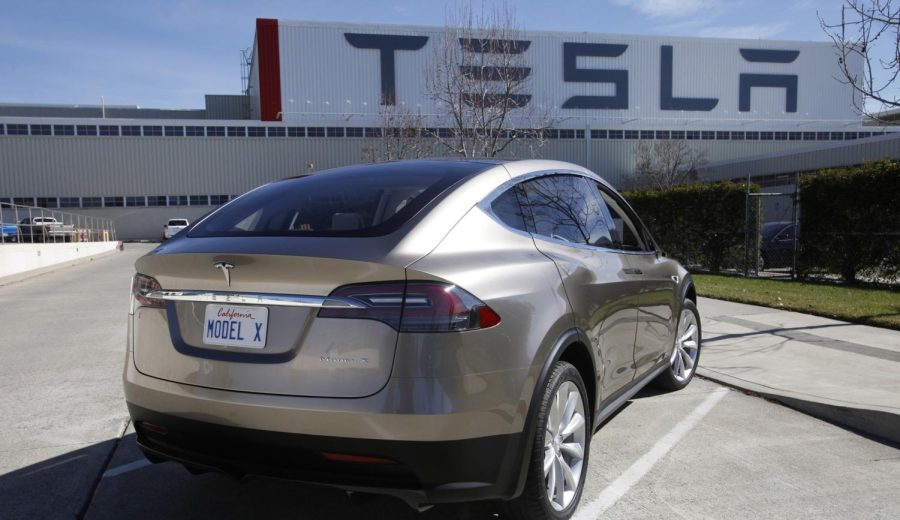Tesla’s Price Cuts could impact the EV industry as a whole
February 27, 2023
Tesla’s recent price cuts for its electric vehicles (EVs) have been a major talking point in the automotive industry, with many people speculating about what this means for the future of EVs. The price cuts could be a sign that EVs are becoming more affordable and accessible, however it could also mean that Tesla is facing increased competition and is looking to maintain its market share.
The first factor behind Tesla’s price cuts is the increasing competition in the EV market. With more and more automakers entering the EV space, Tesla is facing pressure to remain competitive. This is especially true given the recent launch of several new EVs that offer similar features and performance to Tesla’s vehicles, such as the Ford Mach-3, but at a lower price point. To remain competitive, Tesla has had to make its vehicles more affordable, which has resulted in the recent price cuts. Another factor that is contributing to Tesla’s price cuts is the increasing efficiency of the company’s manufacturing processes. As Tesla has gained more experience in building EVs, it has been able to streamline its manufacturing processes and reduce costs. This, in turn, has allowed the company to offer its vehicles at a lower price point without sacrificing quality. Tesla’s price cuts also reflect the company’s commitment to making EVs more accessible and affordable, says University of Minnesota senior Tom Olenchek. “Elon’s mission from the beginning was to make EVs more accessible and affordable. He wants to be an example for other EV brands, and I expect that more companies will follow suit.” Elon Musk, Tesla’s CEO, has stated on several occasions that his ultimate goal is to help accelerate the world’s transition to sustainable energy. By reducing the cost of its vehicles, Tesla is making EVs more accessible to a wider range of consumers, which will help to increase the overall adoption of EVs and propel the auto industry to a more sustainable future. However, while Tesla’s price cuts are a positive step forward for the EV market, they are not without challenges. One of the biggest challenges facing Tesla is the issue of profitability. While reducing the cost of its vehicles will help to increase sales, it also means that Tesla will make less money from each vehicle sold. This would make it more difficult for the company to sustain its profitability in the long term. Another challenge that Tesla is facing is the issue of scaling. As the company continues to grow, it will need to invest heavily in new factories, charging infrastructure, and research and development. All of these investments will require significant amounts of capital, which could put pressure on Tesla’s finances. Despite these challenges, Tesla’s price cuts may be a positive sign for the future of EVs. As more and more consumers become aware of the benefits of EVs, such as their lower operating costs and reduced environmental impact, demand for EVs is likely to increase. This, in turn, will help to drive down the cost of EVs even further, making them even more accessible and affordable. Furthermore, as the technology behind EVs continues to advance, the performance of EVs is likely to improve. This will help increase consumer demand for EVs and will put pressure on other automakers to offer more advanced and affordable EVs.
Tesla’s recent price cuts for its EVs are a major milestone for the future of EVs. While the price cuts are not without challenges, they are a sign that EVs are becoming more accessible and affordable, and that the technology behind EVs is continuing to advance. As more consumers adopt EVs, it is likely that the overall market for EVs will continue to grow, and that EVs will play an increasingly important role in the world’s transition to sustainable energy.












